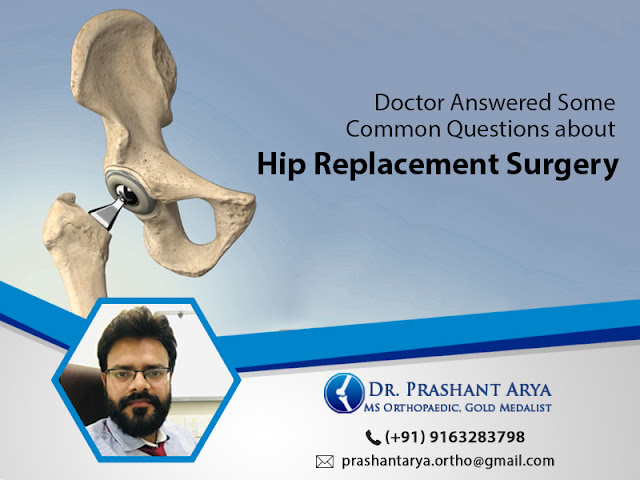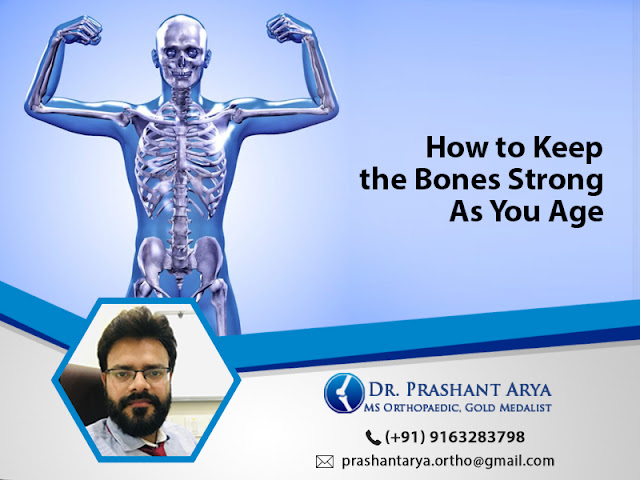When Can You Drive After Having Orthopaedic Surgery – Doctor Answers
One of the most common concerns among patients undergoing joint replacement surgery is that they would not be able to perform all they are accustomed to - at least for a few days or weeks. Although this is a common concern, for some people, the prospect of losing their freedom is more difficult to bear than the surgery itself. The prospect of being unable to drive, for example, would be a difficult pill to swallow.
Getting Back on Track
Although
advances in technology, like as minimally invasive methods, have helped
patients heal faster and return to driving sooner, the best orthopaedic doctor in Newtown says that there are a number of factors that impact one's
recovery period, including the individual condition, the surgery, and the joint
itself. Here are some examples of circumstances that will affect when you can
drive again:
·
Your
physical condition prior to surgery
·
Your
car’s transmission type: automatic or manual
·
Replacement
of a joint on either the right or left side, or both
·
Procedure
type: (hip, knee, full, partial, etc.)
·
Open
or minimally invasive procedure
·
Prescription
medications
When Do You Think You'll Be able to Drive
Some people
who have had hip surgery can drive as soon as two weeks after the operation.
Others may require more time, possibly up to two months. When it is safe for
you to drive, your doctor will advise you. It usually takes four weeks for
those who have had right leg knee surgery to be able to comfortably drive again.
Patients who have had left knee surgery may be allowed to drive sooner if they
are comfortable. The issue is the capacity to utilise the brake, as those who
have had right hip or knee surgery may need more time to react than usual
following their surgery. Of course, any braking delay could be dangerous in an
emergency situation where immediate action is required.
Maintaining Mental and Physical Sharpness
According to
the orthopaedic specialist in North Kolkata, patients must no longer be using
pain medications in order to start driving. They have the potential to make you
drowsy and impair your ability to function and react. Your reflexes and muscle
strength must be rebuilt before you can drive. Your flexibility and strength
should dramatically increase as a result of physical rehabilitation. Both of
these standards must be met in order to assure your safety and the protection
of others.
Returning to the Driver's Seat
Getting in
and out of a car, whether you're driving or travelling as a passenger, can be
difficult, especially if your car is a compact sports car. These vehicles are
designed to sit low to the ground, making it difficult to get in and out of,
says the best orthopaedic surgeon.
Seats should
be adjusted after surgery to ensure optimum legroom, and if the seat is too low,
a pillow or folded blanket should be used to elevate your posture a few inches.




Comments
Post a Comment